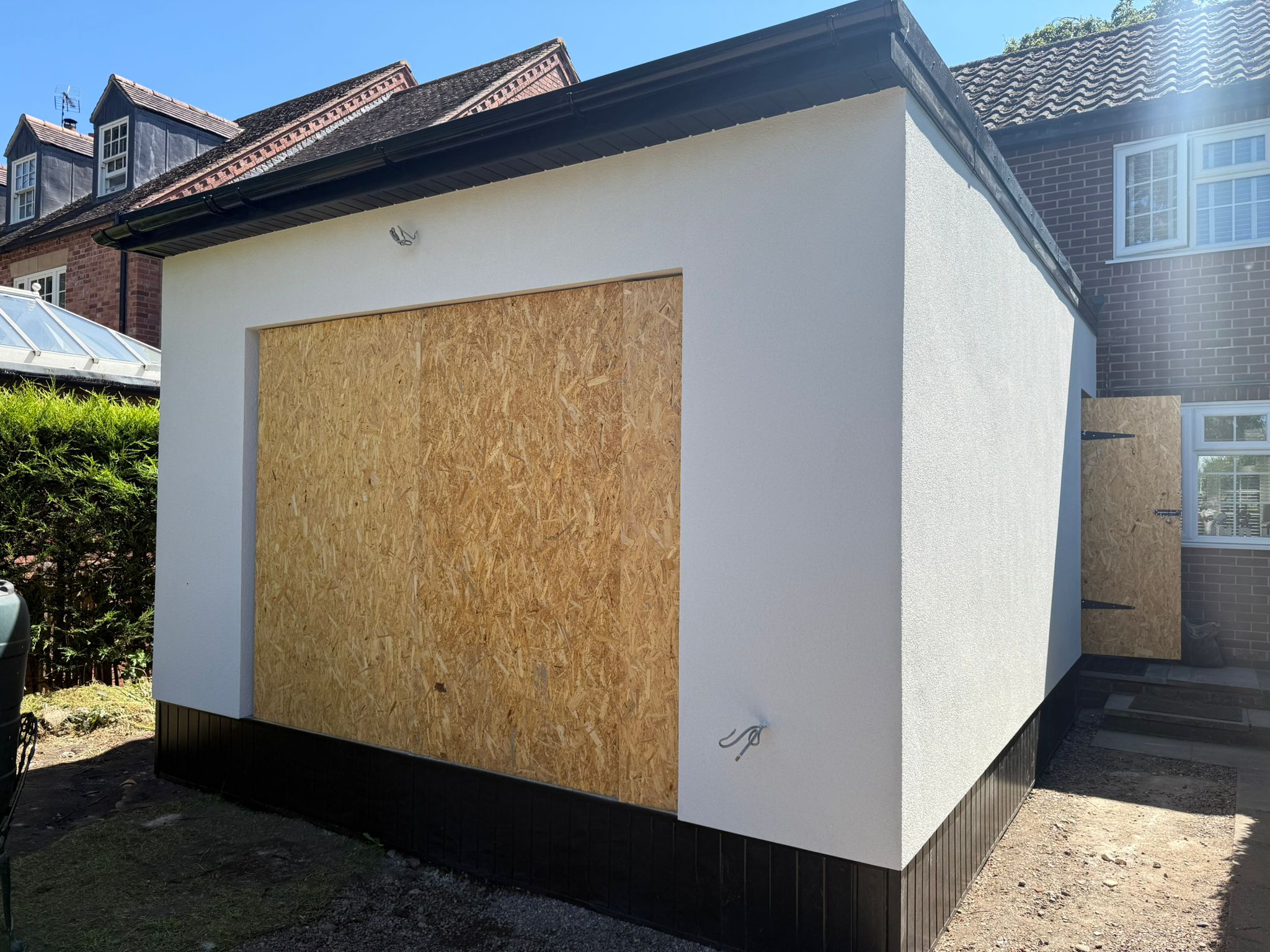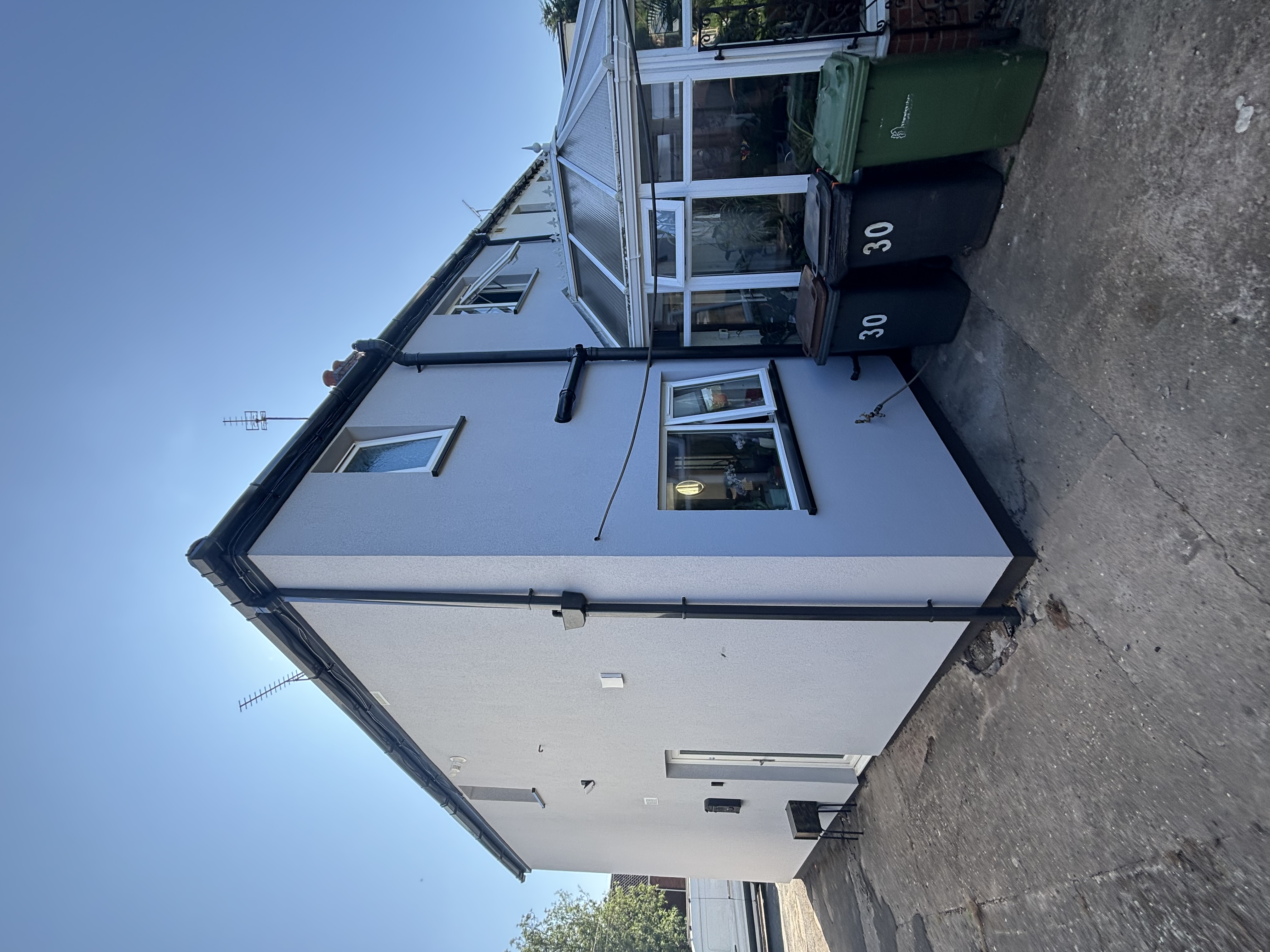
Thinking about investing in external wall insulation (EWI) but worried it might lead to damp walls, black spots and that musty smell nobody wants? You are not alone.
‘Does External Wall Insulation Cause Damp?’ is the first question homeowners tend to ask, and the internet is brimming with horror stories that make the decision feel risky. The truth is simple: a correctly designed and fitted EWI system actually prevents damp. The problems you read about are almost always the result of shortcuts, wrong materials or covering up a damp problem that was already there.
In this blog, we cut through the noise. Learn why the myth keeps circulating, how to prevent moisture issues, and the key installation details that stop moisture in its tracks.
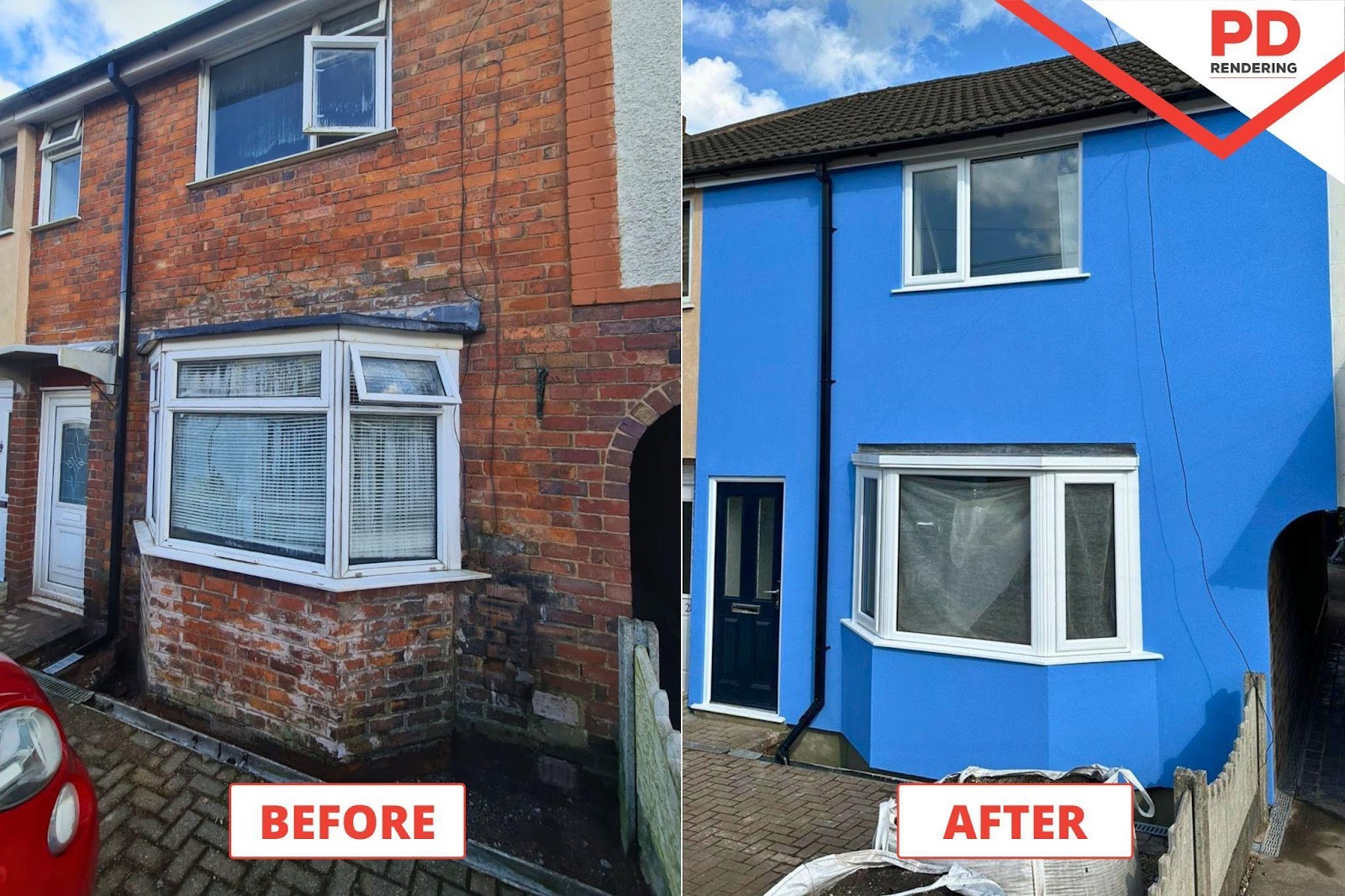
If you’ve been considering EWI for your home, you’ve probably come across claims that it causes damp. It's one of the most common concerns we hear. But the truth is, EWI doesn’t cause damp when it’s installed properly.
This myth still exists and it usually comes down to poor workmanship or the wrong system being used. Here are the most common causes of damp problems after EWI installation:
When installed properly by a qualified professional, external wall insulation doesn't cause damp - it helps prevent it.
When designed and installed correctly, an EWI system not only saves energy but it also helps keep your home warm, dry and free from mould.
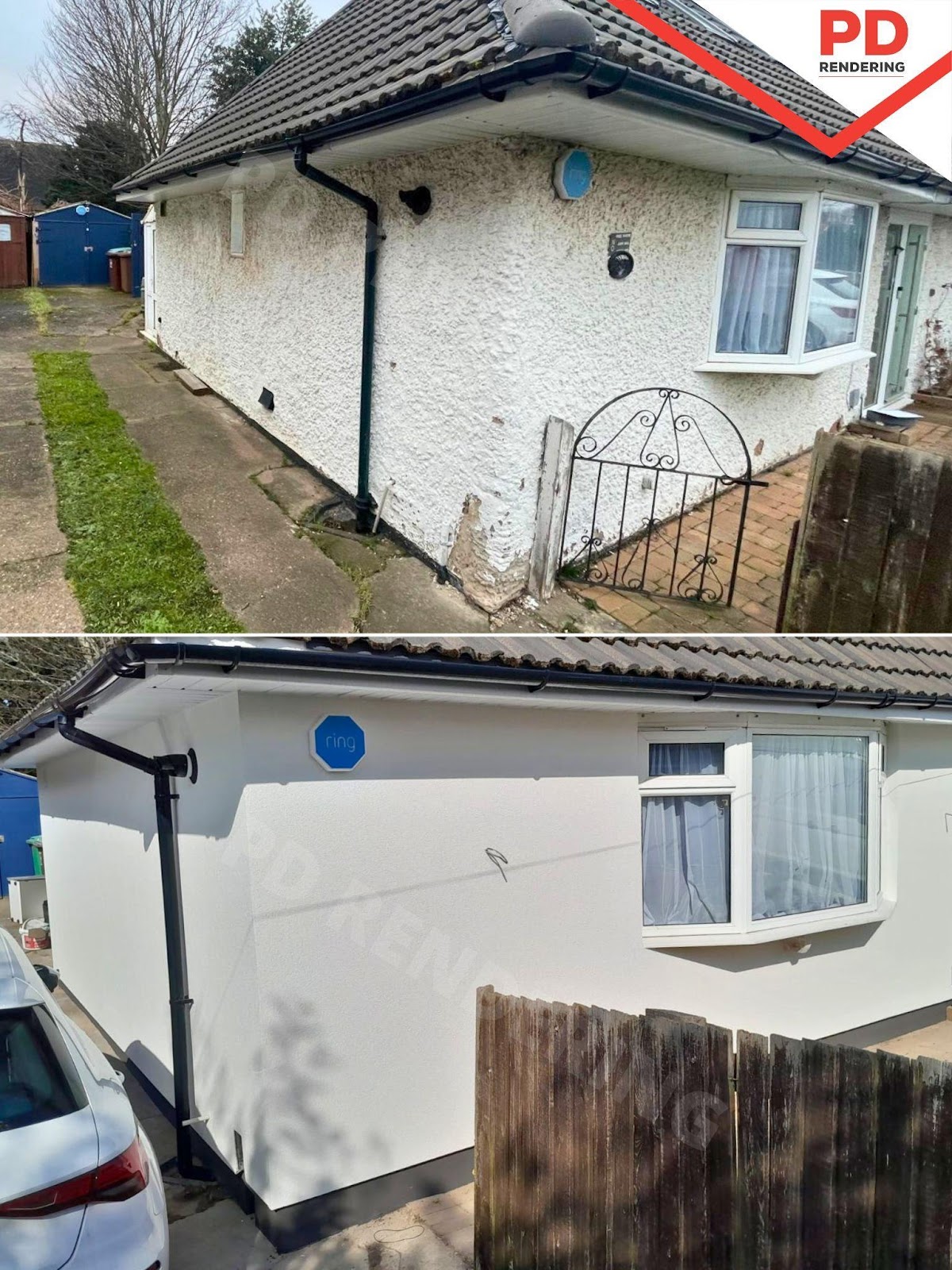
It’s a common concern, many homeowners worry that external insulation will stop moisture from escaping and lead to damp inside. But the truth is, when installed correctly, external wall insulation doesn’t trap moisture, it helps control it.
Most moisture issues inside a home comes from everyday activities like showering, cooking, or even just breathing. If your walls are cold, that moisture can settle on the surface and turn into condensation, leading to mould or damp patches. By insulating your external walls, you raise the temperature of the internal surface, which makes condensation much less likely.
The key is using the right materials for your type of property:
If moisture is already present in the walls from rising damp or leaks it's important to fix that before installing any insulation. EWI isn’t designed to cure existing damp, but it can definitely help prevent it from coming back if the wall is dry to begin with.
The short answer is no - breathable walls don’t need to stay bare. However, they do need to be finished with breathable materials if you want to preserve their moisture-handling abilities.
Older homes, especially solid-wall buildings made from brick or stone, are often described as ‘breathable’ because they allow water vapour to pass through and evaporate naturally. When you insulate or render these walls, you don't have to leave them exposed, but you must use materials that allow vapour to escape.
Breathable render types:
Breathable insulation options:
Condensation is often caused by cold internal walls, which allow warm, moist air to turn into water on the surface. External wall insulation helps by keeping those walls warmer and eliminating cold spots, therefore reducing condensation, mould, and musty smells.
When installed correctly, external wall insulation doesn’t cause damp, it helps prevent it. Problems usually come from poor installation, the wrong materials for the wall type, or covering up existing damp without fixing it first. That’s why it’s so important to work with experienced installers who can make sure your home stays dry, healthy, and energy efficient, and that your investment in EWI really pays off.
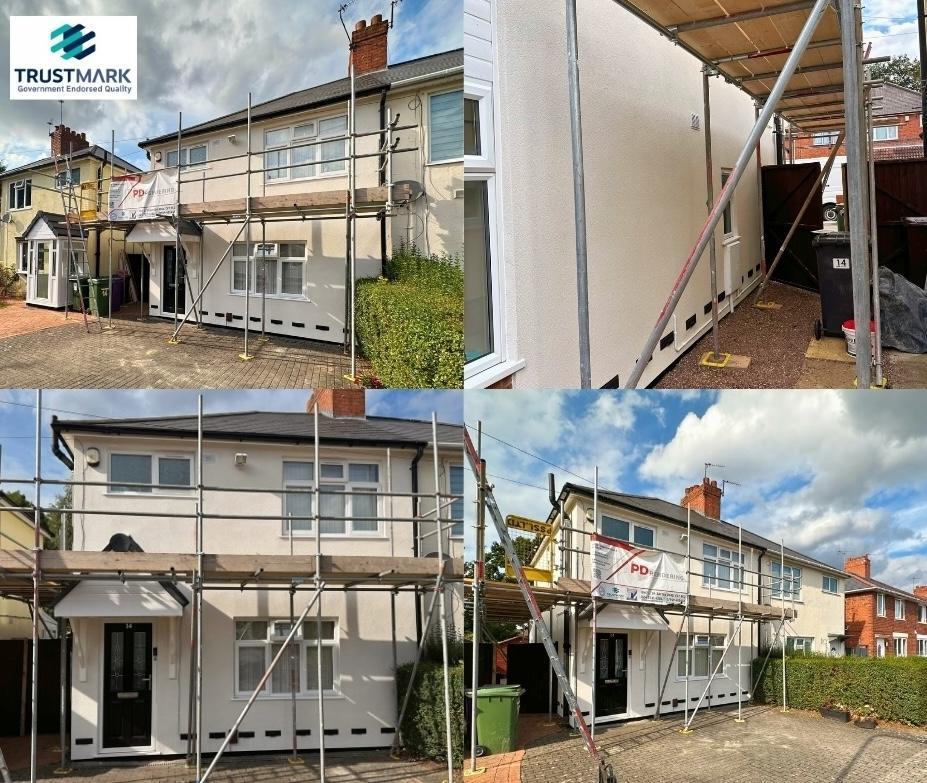
If you’re still unsure whether EWI is right for your property, feel free to get it touch. Our experienced team can assess your walls, recommend the right system, and make sure your home stays warm, dry, and damp-free. Check our latest work here.
